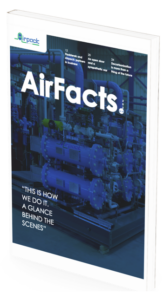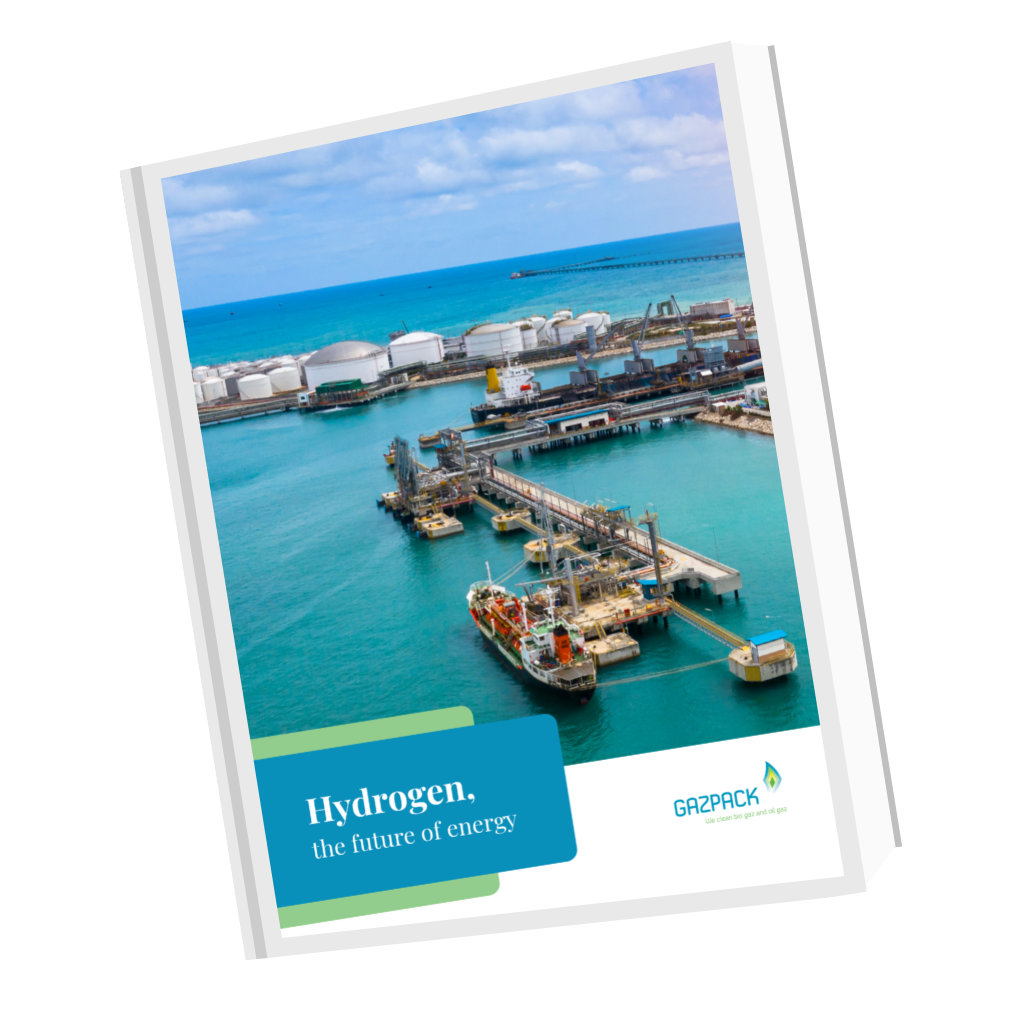Biogas Purification – Biogas Treatment System
Looking to explore the world of biogas processing and handling solutions? Get instant access to our documents about biogas technology.
How Is Biogas Formed?
Biogas can form naturally or it can be helped along by human ingenuity. Essentially, whenever organic matter is bereft of oxygen, bacteria acts on it by disintegrating its composition. At the end of this chain of reactions, methane (CH4), CO2 and a few other gaseous compounds are released. These make up what we call biogas. The operative gas for energy purposes is the methane. When the other gases are disproportionately present, they inhibit optimal performance of the CH4. Some even pose grave threats to the public health.
The process of getting methane from organic matter — e.g. manure, dead foliage, grass clippings, animal corpses, food scraps, sludge and wastewater — is called anaerobic digestion. This can occur when the material is buried sufficiently by natural forces and thus sealed off from oxygen. The resultant biogas, in such cases, dissipates into the troposphere. However, a properly engineered anaerobic digester can manipulate conditions so that biogas production is accelerated and the biogas is apprehended for practical use. Digesters come in varying designs and differing sizes. Some can serve a household while others provide for much larger venues. Most of the time, the biogas is converted into electricity or utilized as vehicular fuel.
What About Those Other Gases?
As mentioned, biogas is made up primarily of methane and carbon dioxide. In addition, water vapor, nitrogen, oxygen, ammonia and hydrogen sulfide. These secondary elements and compounds ordinarily make up no more than 10 percent of biogas content. Yet they need not be highly concentrated to cause trouble or do harm. Many reduce the heat value of the biogas while oxygen can cause explosions. Hydrogen sulfide (H2S) is both toxic to human health and destructive to pipelines as well as storage tanks. Hence, biogas treatment is imperative before this energy is delivered to the public.
What Is the Biogas Purification Process?
Biogas purification can take several forms. Here are a few of the most common:
Water Scrubbing
CO2 and H2S are more soluble in water than CH4. Before contact, the biogas is compressed under pressure. Methane, or at least the lion’s share of it, rises to the top of the solution where it is then collected. The liquid remainder undergoes treatment in a flash tank that recovers any leftover methane.
Pressure Swing Adsorption
The unwanted gases are adsorbed by a vessel under high pressure. This biogas purification technology collects CH4 at the top after which pressure is lowered thereby releasing the CO2, N2 and O2. Think fly paper that will stick and unstick on command.
Amine Solvents
AT the start of purification biogas is run through a column containing amines, i.e. derivatives of ammonia that, as solvents, capture the CO2 and absorb it. After the purified CH4 is separated, the CO2-saturated solvents are steam-flushed at a high temperature to be used again.
Membrane Permeation
Methane gas has a low permeability while the accompanying gases have high permeability. Use of a membrane under specific pressure conditions allows the less desirable gases to pass through as the methane is restricted and collected at the end of a cylindrical column.
What Are the Purification Standards for Biogas?
Gas utilities and public regulators have different specifications when it comes to the purity of the biogas they allow into their pipelines. In response to the disparities, the American Biogas Council (ABC) publishes guidelines with the aim of more uniform standards. For example, the heating value of the pipeline biogas should fall within a range between 960 and 1,100 BTUs per cubic foot. CO2 content should never go above two mole percent; oxygen, 0.4 mole percent; siloxanes, one part per million; and hydrogen sulfide, no more than .25 grams per 100 cubic feet. The ABC also issues guidelines for biogas in vehicles. If and until quality measurements are standardized, biogas treatment system operators should be aware of the criteria set by the purchaser.
In Summary
As biogas moves increaingly into the mainstream of power generation and energy usage, the general public will take a greater interest that their energy source is unsullied by contaminants. Given the variety of substrate (organic matter) that goes into biogas production, the composition of constituent elements and compounds will differ in presence. Thus, a range of options is available for purging disabling and poisonous substances from this otherwise ecologically sound source of energy.




